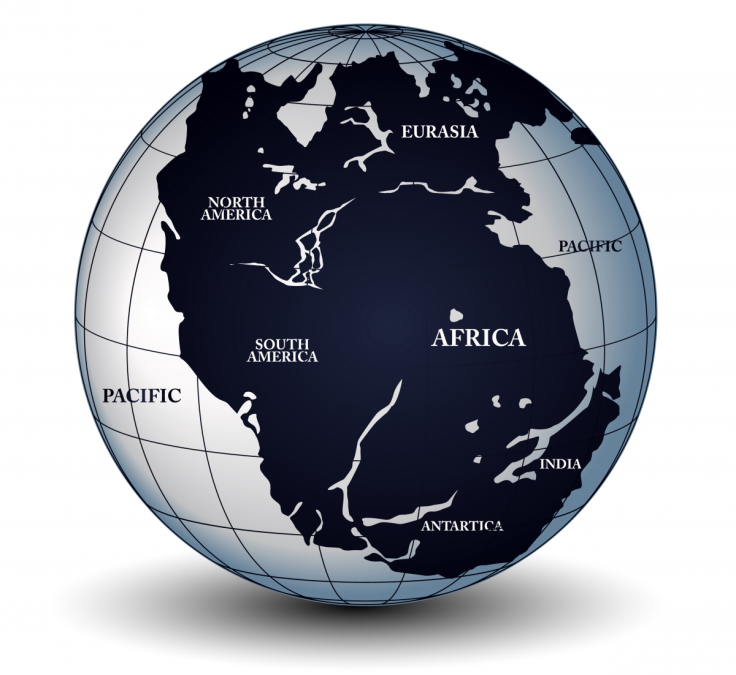North America and Asia were connected for 1.2 billion years in giant supercontinents

North America and Asia were once connected for nearly a quarter of the Earth's history, say researchers. The two continents were part of the supercontinent 'Rodinia' and were connected for nearly 1.2 billion years, eventually breaking apart 700 million years ago.
A study, published in Nature Geoscience, sheds light on the history of North America and Asia; a topic which has been debated for nearly forty years by geologists. Previous researchers have suggested the continents broke apart around 50 million years earlier.
It is relatively unknown how the supercontinents were arranged millions of years ago. To investigate this, researchers from Canada, the US, Russia and Sweden analysed 'mafic dykes' – dark-coloured rocks from a larger, pre-existing rock body – to assess when Rodinia broke apart.
The now dispersed rocks originated from the same location as they were once part of the same structure, enabling geologists to match rock from North America to its counterpart in Asia. The researchers also managed to determine the age for nearly 250 of these rocks across the world, each providing an extra data point for the movement of the two continents.
Solving the mystery of North America and Asia
The researchers found that North America and southern Siberia were connected 1.9 billion years ago to 700 million years ago. Sections of the supercontinent may have broken off in that time, forming brand new supercontinents.
For example, the researchers say North America and south Siberia were once connected in the supercontinent 'Nuna-Columbia' before it broke apart and changed, forming Rodinia.
"There may have been four or five cycles of supercontinent formation," said Kevin Chamberlain, researcher working on the study.
The project was funded by a consortium of mining companies, who tracked the progress of the study in hope of finding rich deposits of underground metal. Knowing when the continents formed and moved apart could allow the mining companies to track the movement of these metal deposits, based on estimations of when the metals formed themselves.
© Copyright IBTimes 2025. All rights reserved.






















